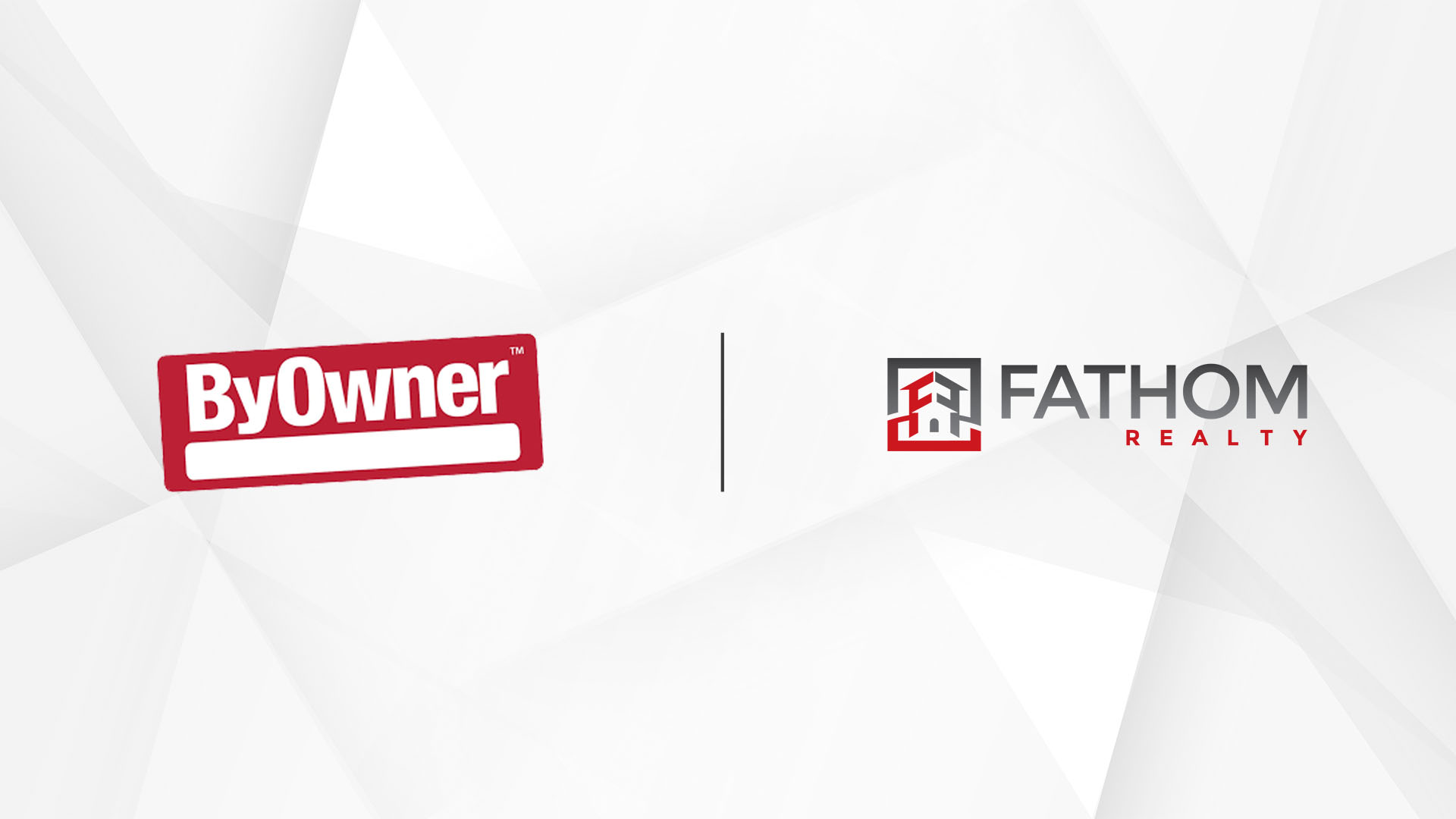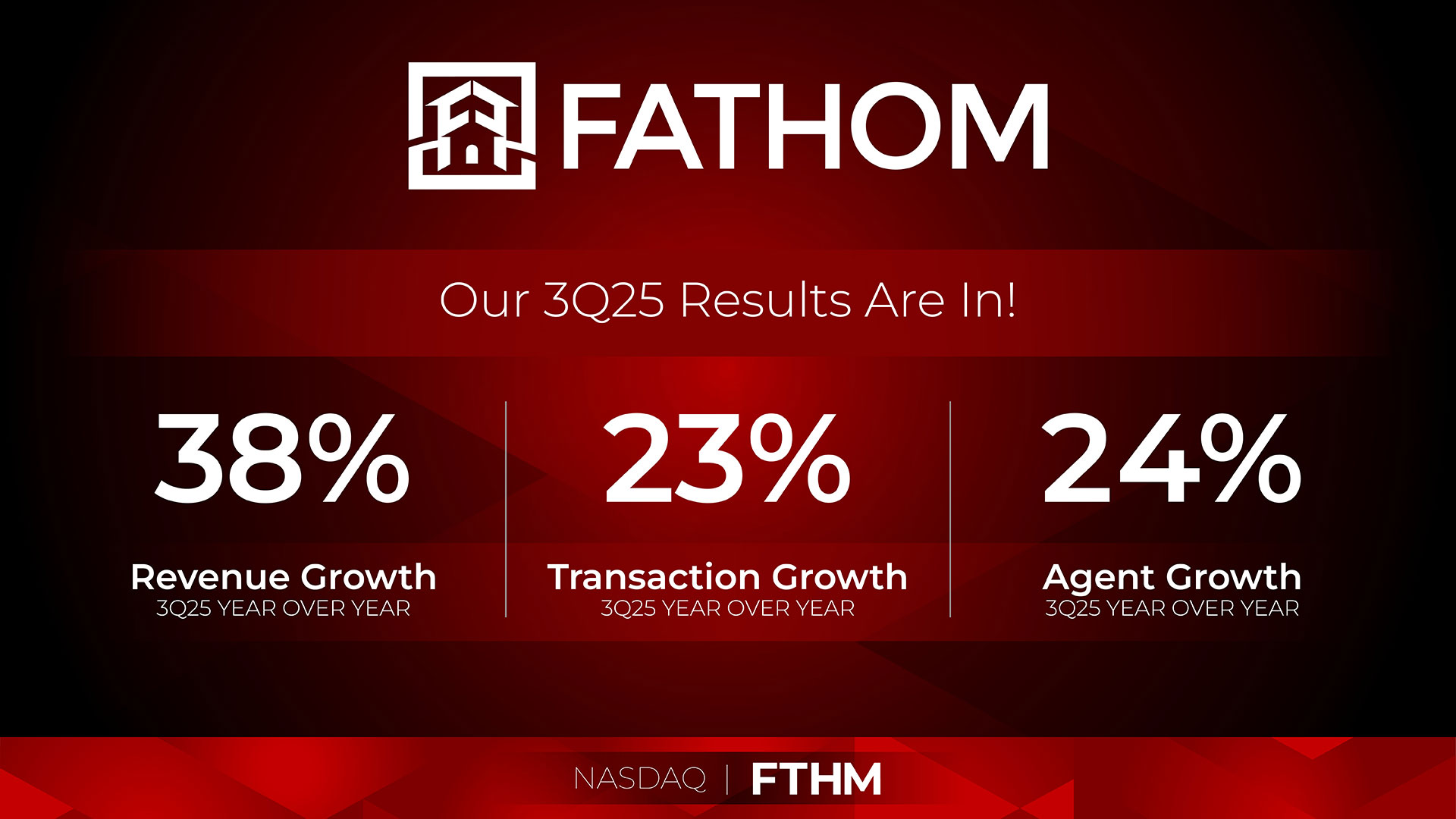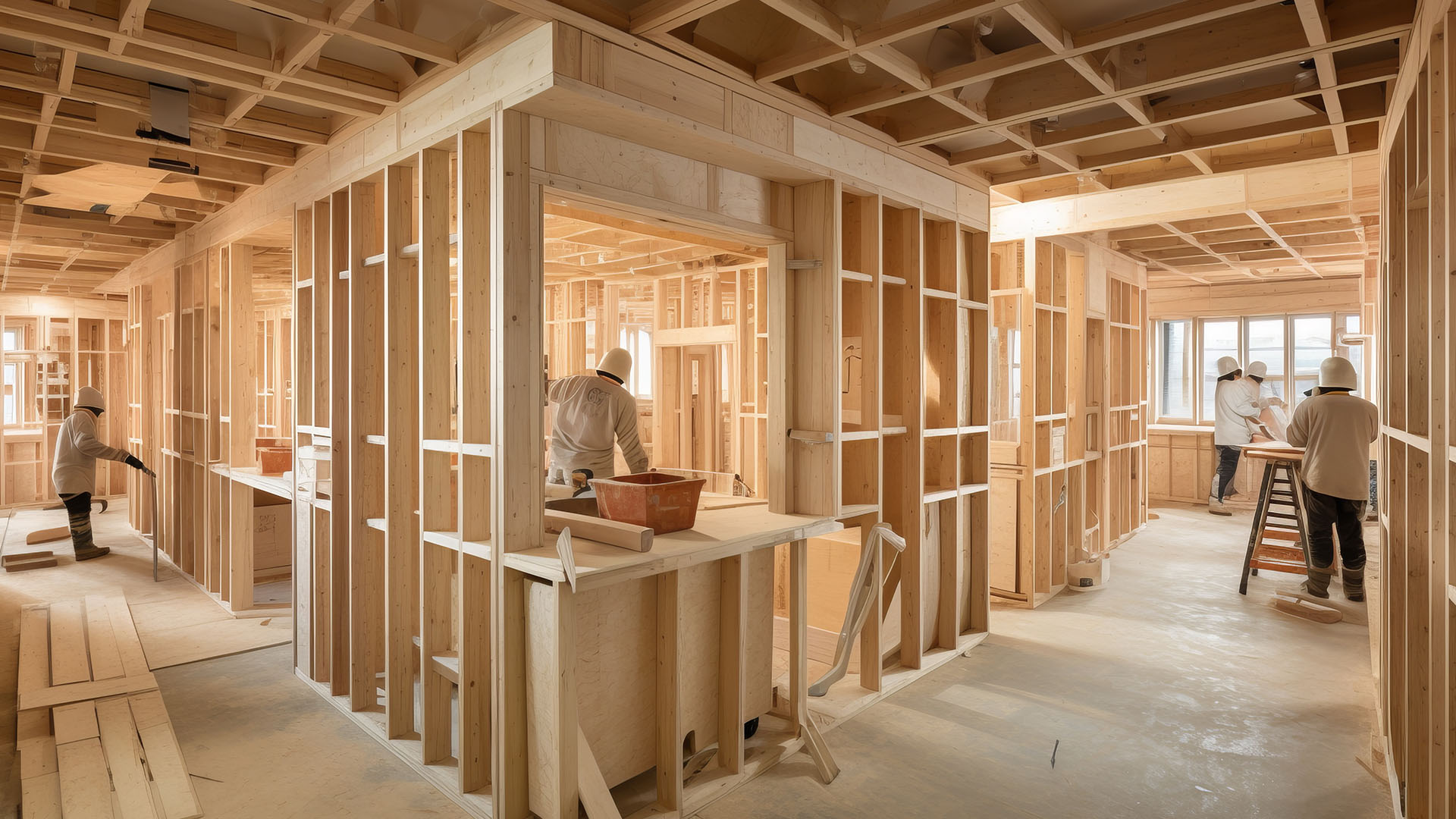
How to Get the Insurance Coverage Right
For most people, selling their homes is an exciting step toward a new chapter in their lives. However, this process comes with a significant risk: leaving the home vacant and unprotected for an extended period. Insurance coverage for vacant homes is often complex and can leave homeowners exposed to a range of potential risks and liabilities. Follow these tips to educate your clients to ensure their vacant homes are adequately insured to protect their property and finances.
Understanding Homeowner’s Insurance Coverage for Vacant Homes
It’s essential for homeowners to understand that a standard homeowner’s policy is rendered inactive once the home is vacated. The reason for termination of coverage is that homeowner’s insurance is meant for occupied homes. This means that any damage caused to the property during this period may not be covered. Insurance providers see vacant homes as high-risk investments and require specialized insurance coverage. Without this additional coverage, homeowners may face significant financial burdens.
Risks of a Vacant Home
Some examples of risks that may not be covered by standard homeowner’s policies include break-ins and theft, burst pipes, fire, and other natural disasters. If damage occurs to the property while someone lives there — a burst water pipe, for example —the resident can intercede to shut off the water and repair the pipe before the damage becomes extensive. Water could flow undetected for days or weeks in a vacant house and cause substantially more damage. An empty house also attracts vandals or squatters who take up illicit residence there. The damage could add up if these intruders go undetected for some time.
Types of Coverage Available for Vacant Homes
There are several types of coverage available for those leaving their homes vacant. These include liability coverage, vandalism coverage, and damage coverage. Liability coverage protects homeowners if someone gets hurt on the property while the home is vacant. Vandalism coverage may cover damages caused by malicious acts but might exclude damages caused by vacant properties. Damage coverage protects homeowners against damages caused by natural disasters.
It is important to understand that each type of coverage comes with benefits and limitations. Liability insurance, for example, may cover medical expenses but exclude coverage for property damage. Homeowners must evaluate their specific needs and their risk exposure to determine the best type of coverage.
Precautions to Take to Avoid Costly Damages and Liability Issues
Insurance providers may require certain security measures to be implemented when vacating a home. These can include installing a monitored security system, maintaining temperature control, and having someone regularly check the property. Taking these precautions can help lower insurance premiums and prevent costly damages and liability issues.
Homeowners should also take extra measures to protect their property from theft, vandalism, and other damages. This includes securing all doors and windows, turning off utilities, and storing valuable items off-site.
Consulting with an Insurance Provider for Adequate Coverage
Consulting with an insurance provider is critical to ensure that homeowners have adequate coverage during the period their home is vacant. There are specific questions homeowners should ask their insurance provider to ensure they have the right coverage. These could include the types of risks covered, the duration of coverage, and any costs involved.
Reviewing insurance coverage regularly is also advisable. This can help homeowners identify gaps in coverage and, if necessary, make changes that help them save money and prevent financial loss in the long term.
Our partners at Dagley Insurance are ready to fulfill your personal and your client’s insurance needs. Reach out today for a consultation and a no-obligation quote at https://dagleyins.com/. Remember, all fees are waived for Fathom Realty agents and staff. Another great benefit of joining Fathom today!
More in Business Building
How Trade Tariffs Could Impact the Housing Market
Crypto-Backed Mortgages: What Every Agent Should Know Before Clients Ask
When the Fed Lowers Rates, Do Mortgage Rates Follow?
Latest on the Blog






